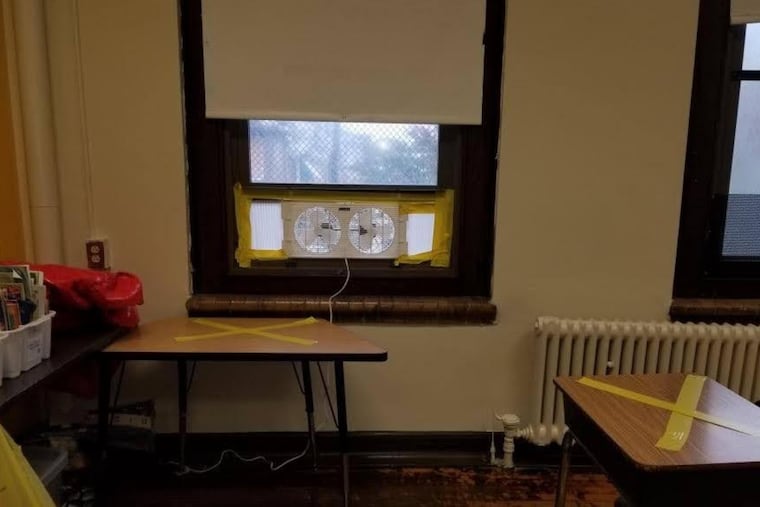The pressure is on to reopen public schools. But can it really happen? | Maria Panaritis
Nearly 11 months into the COVID-19 pandemic, has the time finally come for pragmatic solutions to school closures? Let's hope so.

Nearly 11 months into the COVID-19 pandemic, has the time finally come for pragmatic solutions to school closures? Let's hope so.
